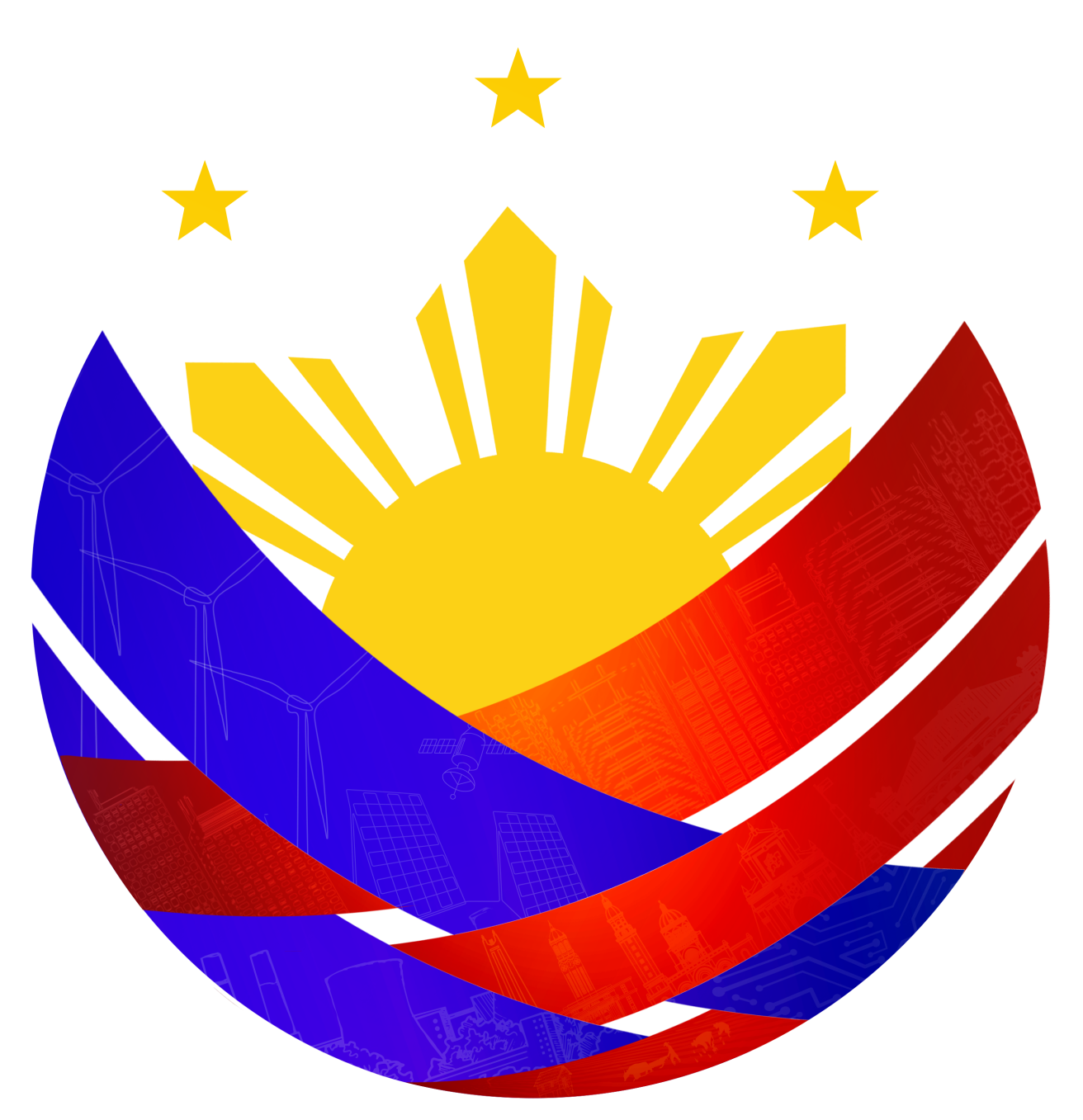
Province of Quirino
Quirino is a province of the Philippines located in the Cagayan Valley Region (Region II) of Luzon. The province covers roughly 2,323.47 square kilometers and is composed of 6 municipalities with a total of 132 barangays. The capital of the province is Cabarroguis. The province was named after former Philippine President Elpidio Quirino, and it is known for its mountainous terrain, caves, waterfalls, and eco-tourism sites.
History
Quirino is a province of the Philippines located in the Cagayan Valley Region (Region II) of Luzon. The area was originally inhabited by indigenous groups, particularly the Bugkalot (Ilongot) people, long before Spanish colonization. During the Spanish and American periods, the region was part of Nueva Vizcaya and was relatively remote, with limited development due to its mountainous terrain. On June 18, 1966, Republic Act No. 4734 created the sub-province of Quirino, named after President Elpidio Quirino, initially consisting of the municipalities of Diffun, Saguday, and Aglipay. Additional municipalities were later established, including Cabarroguis in 1967, Maddela in 1969, and Nagtipunan in 1972. Quirino became an independent province on September 10, 1971, under Republic Act No. 6394, with Cabarroguis as its capital. Since then, the province has gradually developed its economy, focusing on agriculture, eco-tourism, and preservation of its natural resources and cultural heritage.